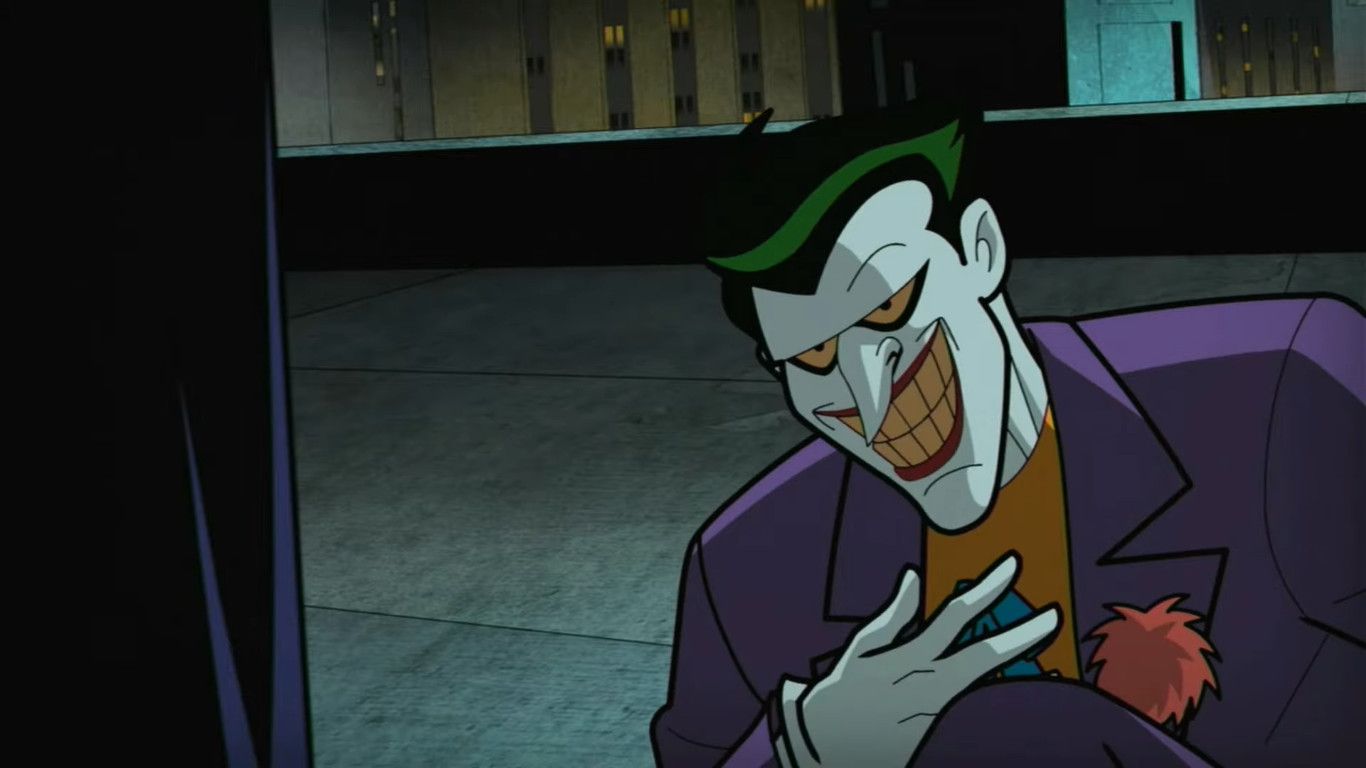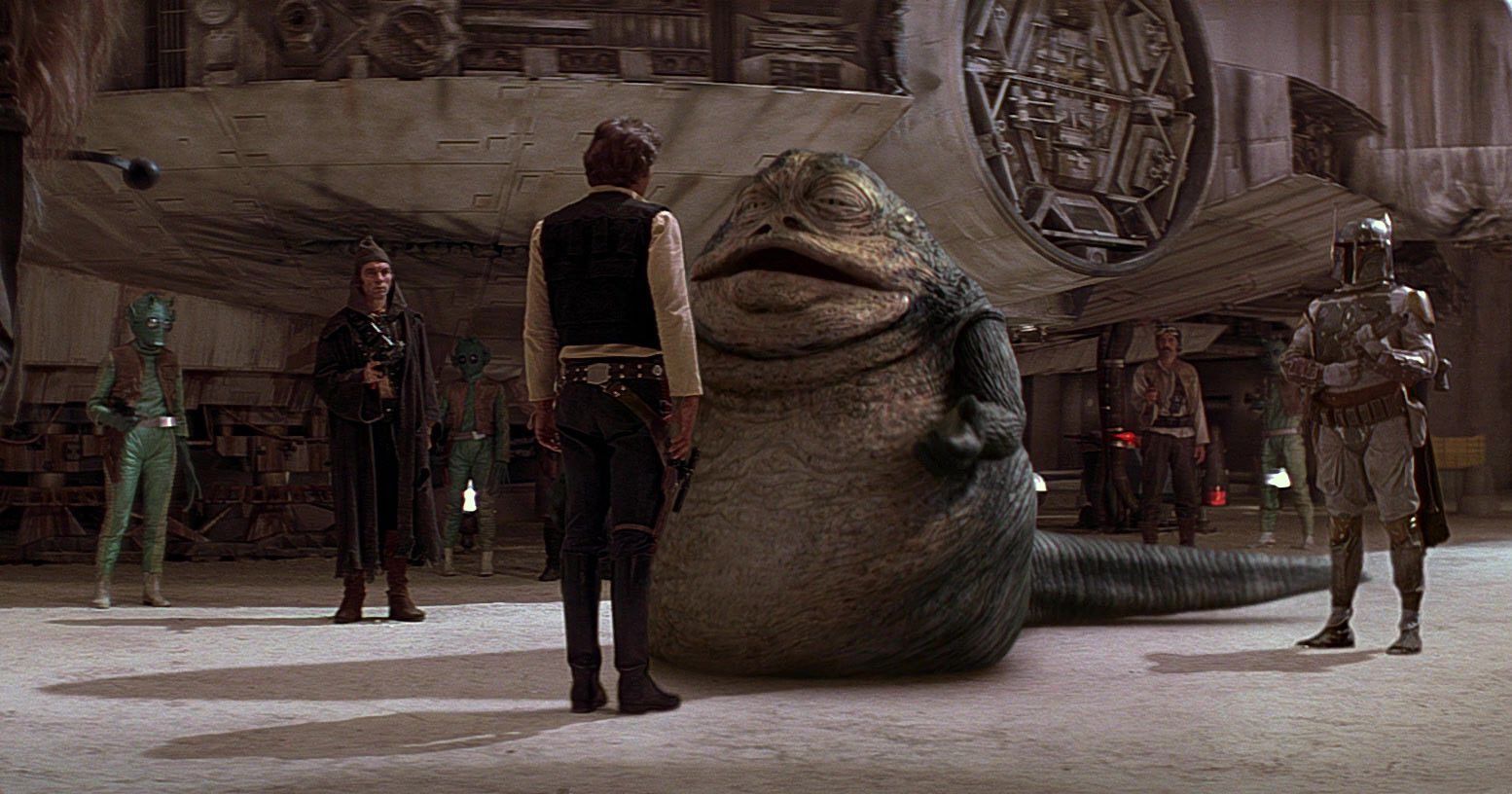Digital media has the advantage of being able to rely on post-release updates, though this practice is usually reserved for apps and video games. That may change soon, as post-release fixes are becoming increasingly common in digital movies and TV shows. Although this may sound like a good thing, there are a few reasons to be wary.
Why Some Movies Need Patches
Errors in films and television series are usually discovered and addressed before their release, but some occasionally get overlooked during production. These are usually minor details that most people won’t notice during a casual viewing, such as a continuity error between scenes or a stray boom mic appearing in a shot. But some mistakes are too severe to ignore.
Some film releases include damaging mistakes that require a full recall of all physical copies. For example, early Blu-ray copies of the Sapphire Series edition of Saving Private Ryan suffered from a severe audio desynchronization issue, prompting Paramount Home Entertainment to recall and replace every physical copy from this release. Mistakes like these are incredibly rare but extremely costly for distributors.
With the rise of digital streaming, fixing errors in films is becoming much easier (and cheaper) for studios. Rather than issuing widespread recalls and manufacturing new copies, digital media can be quickly patched to remove errors or add missing elements.
Movies almost never receive updates after their home release, but Warner Bros. recently made an unprecedented move by patching digital copies of the animated film Justice League: Crisis on Infinite Earths — Part 3. The movie was initially released with the Joker’s lines being recorded by a temporary voiceover rather than the credited actor, Mark Hamill. However, one month after it was released on digital storefronts, the movie was finally patched to include Hamill’s performance.
Digital film patches aren’t just beneficial for studios; they also eliminate the time-consuming inconveniences of replacing physical discs. Instead of going through the process of contacting a film’s distributor to replace a recalled disc, your digital copies receive updates as soon as they’re made available.
Crisis on Infinite Earths — Part 3 represents a rare case of a home release being updated, but it isn’t the first digital movie to receive a post-release patch. Cats (2019) was updated during its theatrical run to address multiple errors in the film’s CGI effects. Streaming services have also updated certain titles in their catalog, such as Netflix altering Bird Box to remove footage of a real-life disaster that was controversially included in the film’s original cut.
Besides addressing oversights, studios can also issue updates to make films more accessible, especially for viewers with photosensitive epilepsy. This was the case for Incredibles 2, which added a health warning and toned down a scene that featured rapidly flashing lights for later theatrical showings and home releases.
Patches provide a simple way to enhance films and deliver the best possible experience to viewers, which may seem like a good reason for moviegoers to start buying digital media instead of physical copies. However, there are also a few problems that may arise if post-release patches become a new standard for films.
Production, Preservation, and Other Problems
Patches make it easier for films to receive additional fixes, but that also means the consequences for leaving these errors are far less severe. Unfortunately, the growing prominence of film patches might encourage studios to start rushing productions to meet deadlines, resulting in more movies being released in an unpolished or outright unfinished state.
This is already a common problem in the gaming and software industries. As patches became more prominent, new releases started to rely more on post-launch support to fix major errors or add features that couldn’t be included before launch. As with films, software patches allow developers to address significant issues and provide consumers with the best product possible. However, they can be easily abused to excuse negligent business practices that sacrifice quality for an early release.
It’s unlikely that this problem will ever be as severe for movies and television as it is for software. Film re-shoots, and physical media replacements are too expensive to be worth a rushed release. However, as digital movies become more prevalent, technical issues that result from rushed productions, such as poor sound mixing or lackluster CGI, may appear more often, likely backed by the excuse that these problems will be fixed in a future update.
Post-release patches also pose a risk to film preservation. Although updates are used to improve movies, there’s value in archiving older versions of classic films. Some of these early releases are defined by their unique mistakes, but others present drastically different visions for a movie. The numerous re-releases of the original Star Wars trilogy have made drastic changes to the classic films, such as replacing practical effects with CGI, including new audio that recontextualizes scenes, and retroactively adding popular characters from later installments.
The original cuts of these movies aren’t available through official means anymore, but fans can at least still watch these older versions through their physical releases. The same can’t always be said for digital media. Just as digital storefronts can remove purchases from your digital library, they also enable studios to make changes to the films you own. When digital-only releases are removed or impacted by significant alterations, the original cuts are essentially erased from official platforms, which creates the risk of turning these early versions into lost media.
Thankfully, physical releases are still common for films and television series, and digital patches have yet to become standard practice. But with more studios starting to rely on post-release patches to fix mistakes, the risks that come from abusing this practice shouldn’t be ignored.
Patches aren’t inherently bad and can save time and money if an egregious mistake somehow slips into a film. Despite this, they shouldn’t become a common occurrence for digital movies and series. Films and television episodes should premier in a complete and polished state, and any alterations made to a work should be reserved for a separate release rather than completely replacing the original cut. For now, you may want to buy physical copies of your favorite films to preserve their unedited versions.






